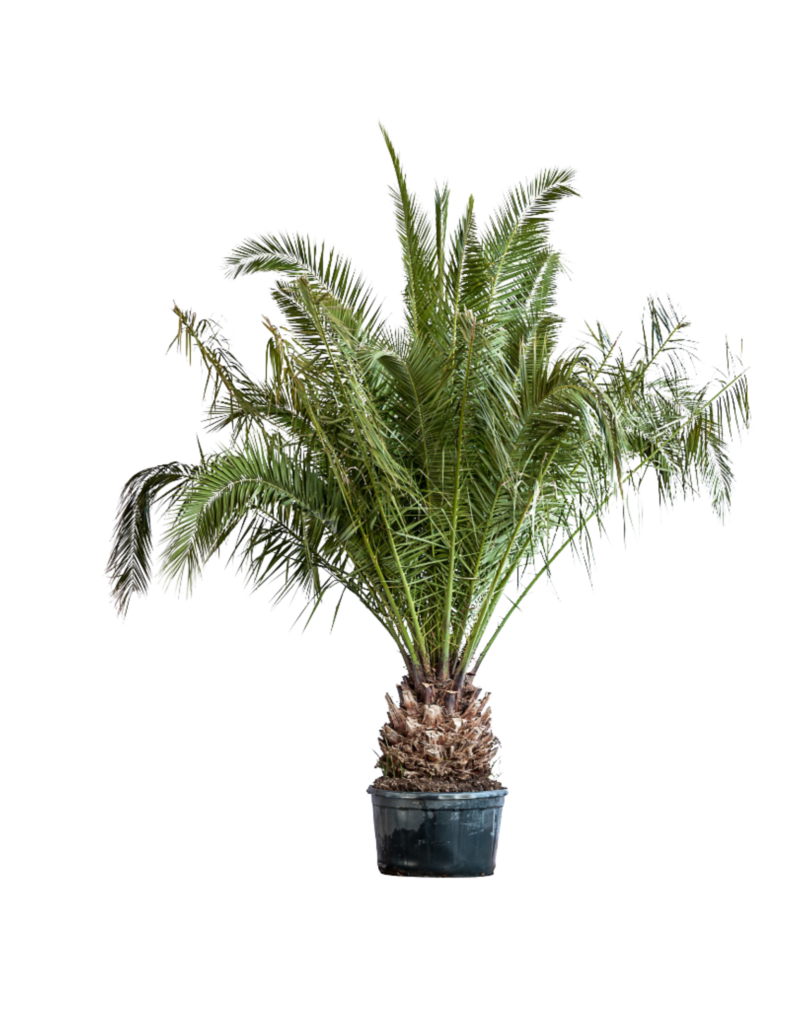 It
It
- Festival
- V edizione
- Parco botanico
- Edizioni precedenti
- Attività
- GRAND OPENING – 17 maggio 2025
- Presentazione V Edizione
- Il giardino delle piante, presso librerie cavallotto
- Salone del mobile – 11 aprile 2025
- GinM – Garden in Movies/ShortFilmFest 2025
- Call for Volunteers 2025
- Open 1 MAGGIO
- Il Palmeto – The Palm grove
- Milano Design Week
- Appuntamenti in Giardino
- Taking garden design inspiration from the wild landscape of Sicily
- Gardens for the Research.
- Call for Ideas Keep Alive fhe Sense of Wonder
- Renato Leotta Appunti sul giardino: capperi, castagni, carrubi…
- Pianifica la tua visita
- Area Stampa
- Magazine
 It
It
- Festival
- V edizione
- Parco botanico
- Edizioni precedenti
- Attività
- GRAND OPENING – 17 maggio 2025
- Presentazione V Edizione
- Il giardino delle piante, presso librerie cavallotto
- Salone del mobile – 11 aprile 2025
- GinM – Garden in Movies/ShortFilmFest 2025
- Call for Volunteers 2025
- Open 1 MAGGIO
- Il Palmeto – The Palm grove
- Milano Design Week
- Appuntamenti in Giardino
- Taking garden design inspiration from the wild landscape of Sicily
- Gardens for the Research.
- Call for Ideas Keep Alive fhe Sense of Wonder
- Renato Leotta Appunti sul giardino: capperi, castagni, carrubi…
- Pianifica la tua visita
- Area Stampa
- Magazine
Festa dei fiori Acireale 2024
Il Palmeto - The Palm grove
Phoenix canariensis (Palma canariensis)
The palm is a symbol of fertility and victory, as well as a symbol of longevity and peace.
The palms belong to the family Arecaceae (= Palmae) that belongs to the order Arecales. They are an ancient living form with fossils dating back to the late Cretaceous (about 70-80 million years ago). Carl Nilsson Linnaeus called the Palms ‘Principes Plantarum’ (Prince of Plants) he recognized the palms as a distinct taxonomic group and described many species.
Endemic to the Canary Islands, the Phoenix canariensis has an erect and robust trunk of dark brown or greyish colour and can reach the 15-20 m. of height. The arcuate fronds, of bright dark green colour, are very big and can reach the 4-5 metres of length; the petiole is long up to one metre and has numerous sharp spines. Canarian palms are dioecious plants (with male and female individuals). The orange brown flowers bloom in late spring, between the fronds: those of the female plants are longer and showy, and leave their place in summer in clusters of oval berries, yellow-orange, about 2 cm long, edible but not particularly palatable. It is very popular, as ornamental plant in most of the Mediterranean and subtropical regions, where temperatures do not drop below -10/-12 C. In Europe it is cultivated on all the coasts of the Mediterranean.
The symbolism linked to the palm goes back to ancient times, present in the Egyptian depictions as
sacred tree, was worshipped as its shape recalls the rays of the sun. Even for the ancient Greeks it takes on a sacred meaning, representing the plant sacred to Apollo. In the Hellenic culture it is approached also to the phoenix, the Greek name of the mythological animal phoinix is the translation of the Phoenician noun tamar, that is palm. In the myth of the foundation of Rome appears in a dream to Rhea Silvia assuming the role of omen of the birth of Romulus and Remus. In Christian symbolism the palm is a symbol of royalty, triumph and peace.
Palm Sunday celebrates Jesus’ entry into Jerusalem. The faithful welcome Jesus by waving palm branches, becoming the symbol of Christ who conquers death, of victory over sin and of the triumph of peace. In iconography they represent the symbol of martyrdom.
Those who spread the palm tree in Sicily as a purely symbolic element were the Arabs. The palm appeared first in the pleasure gardens of the Harem and increasingly characterized the places of the delights of the Muslims who conquered the island. The art of cultivating the palm and the knowledge that keeps it flourishing is all Arabic. As it was Arab taste to embellish the architecture of value. It spread first in the capital and then in other big cities. The custom of the noble palm was inherited by the Normans who made it a prominent element in their pleasures. The vegetation characterized the magnificence of their royal castles and palaces. It is not by chance that the iconography of the palm appears both in the mantle of the coronation and in the rooms of Roger II.



